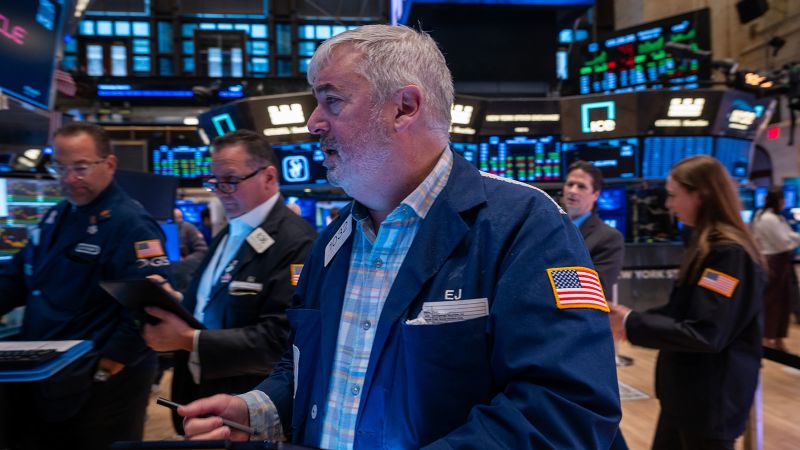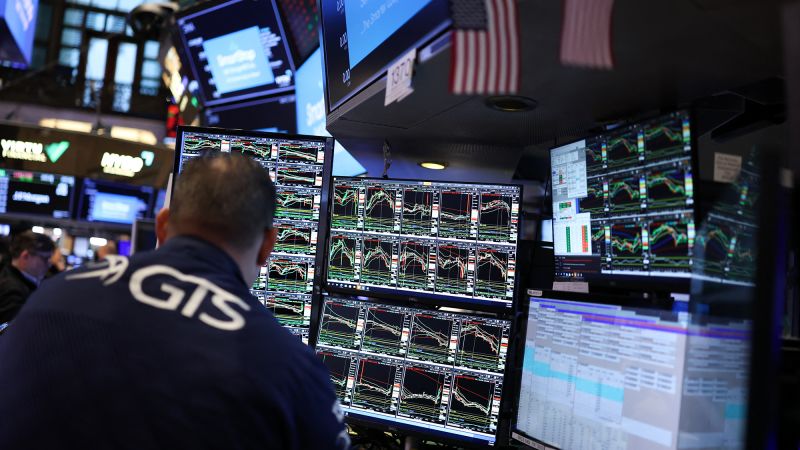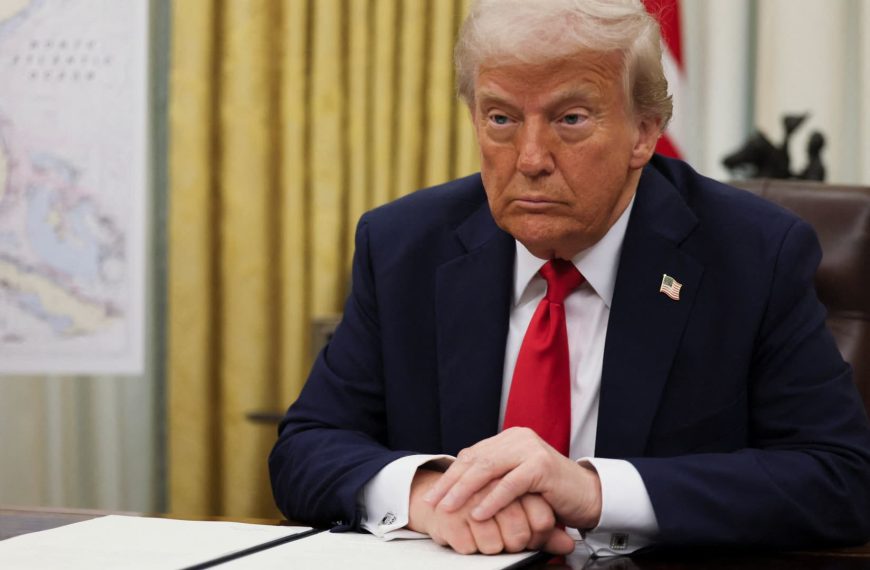Wall Street is currently grappling with significant turbulence, primarily driven by President Donald Trump’s erratic economic strategies. After initially welcoming his leadership, the markets have turned sour, with the S&P 500 now sitting in correction territory, having fallen 10% from its peak just weeks ago. The changing sentiments in the market reflect growing concerns about the impact of ongoing tariffs, government layoffs, and immigration policies.
Market Trends and Investor Sentiment
The Dow Jones Industrial Average is on the brink of a correction, while the tech-heavy Nasdaq has already dipped into correction territory. Notably, the Russell 2000, which represents smaller businesses, has plummeted by 18.4% from its post-election high, indicating a severe reaction to the shifting economic landscape.
- S&P 500: Down 10% from its recent high
- Russell 2000: Dropped 18.4%
- Nasdaq: In correction territory
Despite a potential bounce-back on Friday, where the Dow is projected to rise by 200 points or 0.6%, the overall mood on Wall Street remains bleak. CNN’s Fear and Greed Index has plunged into “Extreme Fear,” suggesting deep-rooted anxiety among investors.
Investor Reactions and Safe Havens
According to Ed Yardeni, president of Yardeni Research, the market is losing faith in the "Trump 2.0" policies. In response to uncertainty, investors are gravitating towards traditional safe havens, such as government bonds and gold, with gold prices reaching an unprecedented $3,000 per troy ounce.
The mixed signals from Trump’s administration regarding trade policies have raised alarms among investors. As Art Hogan, chief market strategist at B. Riley Wealth Management, noted, the constant shifts in trade policy leave investors without the confidence needed to make significant financial decisions.
Economic Indicators and Consumer Confidence
Recent data highlights a troubling decline in consumer confidence. The Conference Board’s Consumer Confidence Index revealed a sharp drop in February, marking the largest decline since August 2021. Additionally, a consumer sentiment survey from the University of Michigan recorded its most significant drop since tracking began in 1978.
- Consumer Confidence: Largest decline since August 2021
- University of Michigan: Notable drop since 1978
Retail giants like Target, Walmart, and Delta Air Lines have reported that inflation and tariffs are affecting consumers’ spending habits, leading to decreased sales.
Economic Risks and Predictions
Trump has acknowledged that tariffs might create economic disturbances and hasn’t ruled out the possibility of a recession. However, mainstream economists warn that the repercussions of his policies could be more severe than anticipated. The uncertainty surrounding tariffs is causing businesses to hesitate on hiring and investment decisions. Furthermore, mass layoffs in the federal sector could severely affect local economies, particularly in industries already struggling with labor shortages.
Recession Concerns Grow
Recent analysis from JPMorgan indicates a worrying 40% chance of the U.S. entering a recession this year, an increase from an earlier estimate of 30%. This alarming shift is attributed to the administration’s less favorable business policies and an aggressive approach toward trade.
Shifting Presidential Focus
Interestingly, Trump has been relatively quiet about the stock market lately, in stark contrast to his previous enthusiasm. During his first term, he often touted stock market gains as indicators of economic strength. However, as market conditions deteriorate, he has changed his rhetoric, suggesting that investors should not focus solely on stock market fluctuations.
The market’s distress signals indicate that investors feel neglected by the administration, and this discontent may have significant implications moving forward.
Final Thoughts
As Wall Street struggles to regain its footing, it is clear that the current economic climate presents substantial challenges. Investors are watching closely, and the administration may need to reassess its strategies to restore confidence and stability in the markets. With stakeholders feeling abandoned, the message is clear: the markets are sending a loud and clear warning that cannot be ignored.











